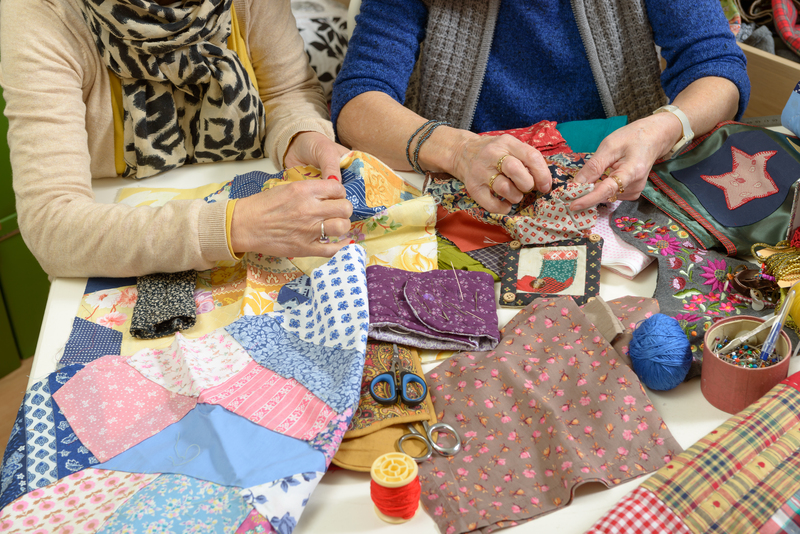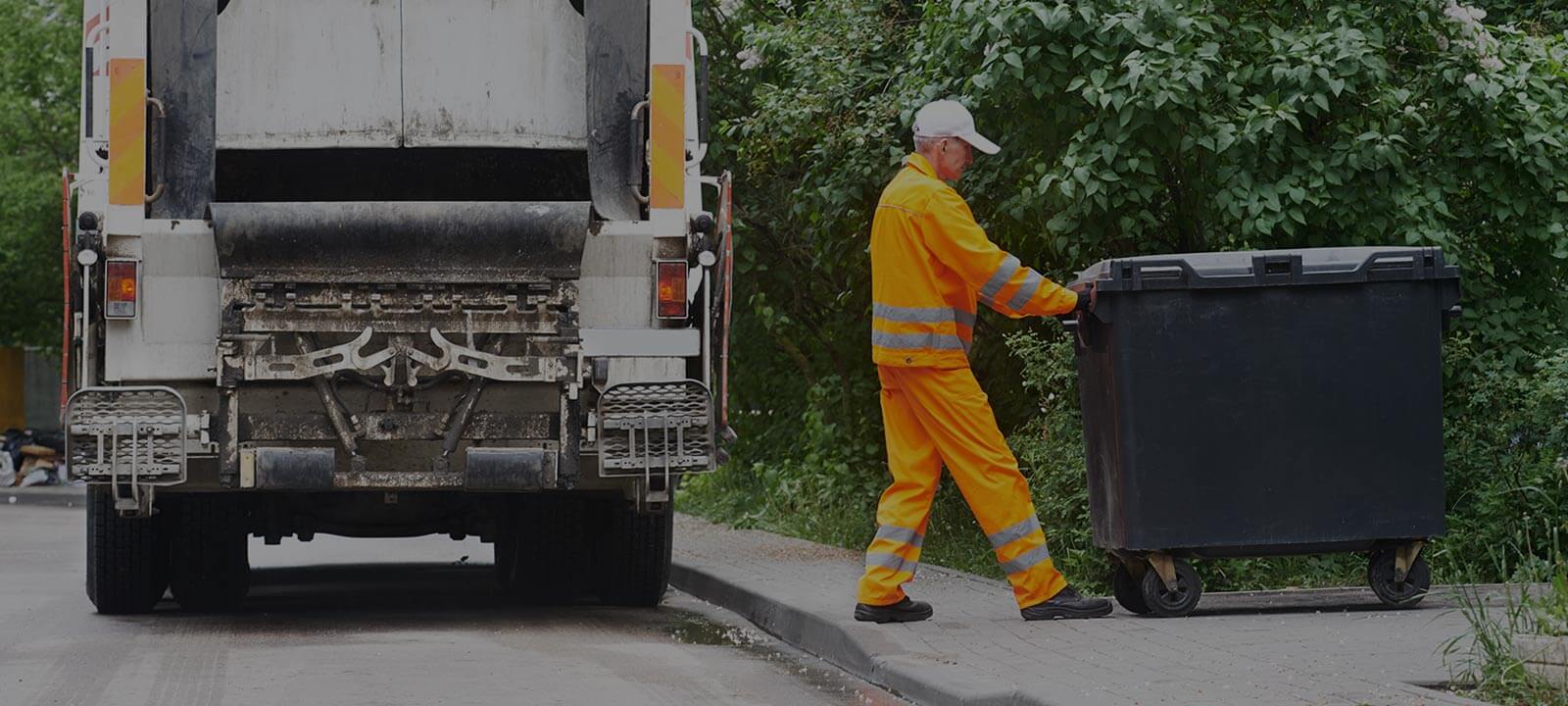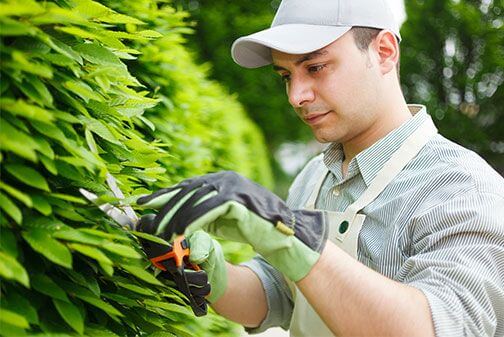Christmas Waste and Climate Change
Posted on 21/01/2025
The holiday season is synonymous with joy, festivities, and unfortunately, significant amounts of waste. As the world grapples with the growing threat of climate change, understanding and mitigating Christmas waste has never been more crucial. This article delves into the various aspects of Christmas waste and explores how it contributes to climate change, along with practical tips to reduce your carbon footprint.
The Scale of Christmas Waste
Every year, millions of households around the world generate immense amounts of waste during the Christmas season. This waste includes:
1. Gift Wrap and Packaging: Wrapping paper, ribbons, and packaging materials contribute significantly to the holiday waste.
2. Food Waste: Excessive food preparation often leads to surplus food ending up in landfills.
3. Decorations: Disposable and non-recyclable decorations add to the waste.
4. Christmas Trees: Both real and artificial trees can impact the environment if not disposed of properly.

Environmental Consequences of Christmas Waste
The environmental burden of Christmas waste is manifold:
1. Increased Landfill Use: Non-recyclable materials and food waste occupy significant landfill space, contributing to methane emissions.
2. Deforestation and Pollution: The production and disposal of real and artificial Christmas trees can lead to deforestation and pollution.
3. Carbon Footprint: The manufacturing, transportation, and disposal of Christmas-related items contribute to higher carbon emissions.
Tips to Reduce Christmas Waste
1. Opt for Sustainable Wrapping Paper: Use recycled or reusable wrapping paper, or get creative with fabric wraps.
2. Plan Meals Strategically: Reduce food waste by planning meals carefully and storing leftovers properly.
3. Choose Eco-Friendly Decorations: Opt for decorations made from natural or recyclable materials.
4. Consider a Potted Tree: A potted tree can be replanted, reducing the environmental impact.
Pros and Cons of a Sustainable Christmas
Pros:
1. Environmental Benefits: Reducing waste helps lower carbon emissions and environmental degradation.
2. Cost Savings: Sustainable choices like reusable decorations can save money in the long run.
3. Educational Value: Promoting sustainable practices can raise awareness and educate others.
Cons:
1. Initial Effort: Transitioning to sustainable practices requires effort and planning.
2. Potential Higher Costs: Sustainable products may initially cost more.
3. Limited Options: In some regions, sustainable alternatives may be limited.

Takeaways for a Greener Christmas
- Be Mindful of Waste: Awareness is the first step toward reducing waste. Consider every item's lifecycle from purchase to disposal.
- Educate and Advocate: Share knowledge and practices with friends and family to collectively reduce waste.
- Small Changes, Big Impact: Even minor adjustments in holiday practices can significantly impact the environment.
Conclusion
Christmas is a time for celebration, but it doesn't have to come at the expense of our planet. By understanding the implications of Christmas waste and making conscious choices, we can enjoy the festive season while protecting the environment. Sustainable practices not only reduce our carbon footprint but also pave the way for a healthier, greener future. Each action, no matter how small, counts towards combating climate change. This Christmas, let's give the gift of a cleaner, sustainable planet.
Christmas waste contributes significantly to climate change due to increased landfill use, deforestation, and higher carbon emissions from manufacturing, transportation, and disposal of holiday-related items. However, by adopting sustainable practices such as using eco-friendly wrapping paper, planning meals wisely, opting for eco-friendly decorations, and considering potted Christmas trees, we can reduce our environmental impact, lower our carbon footprint, and promote a greener holiday season.






